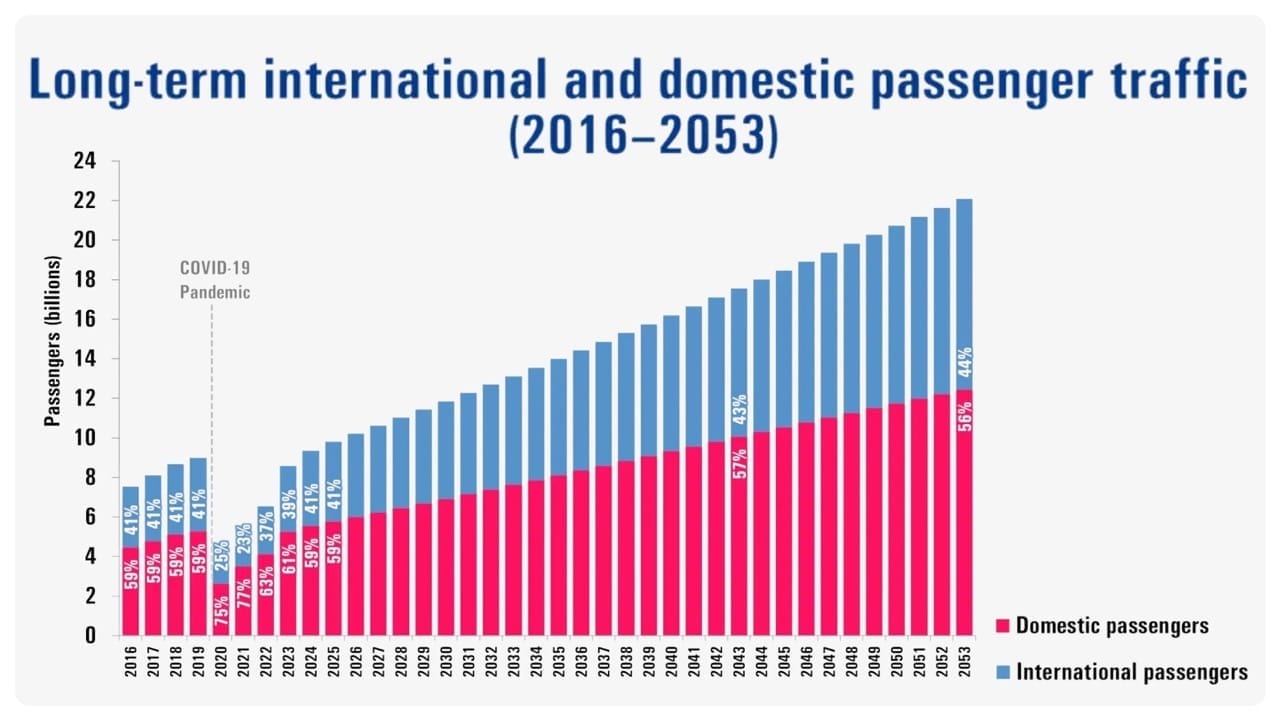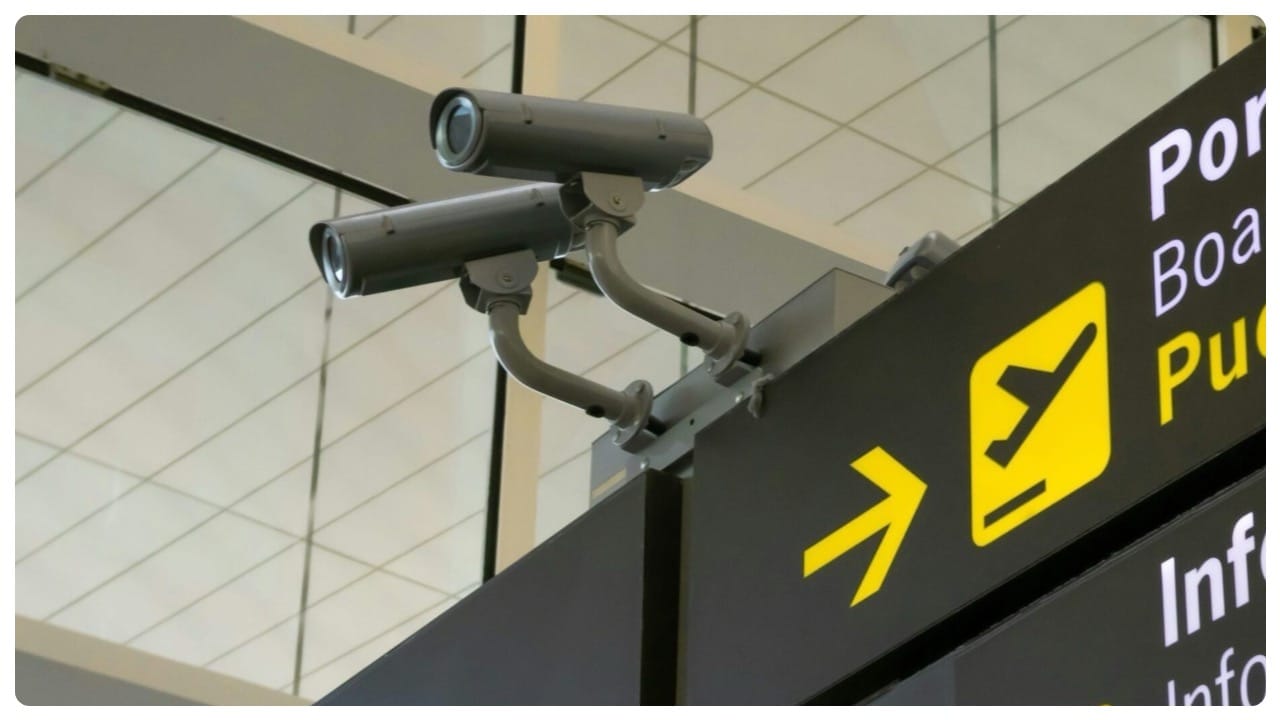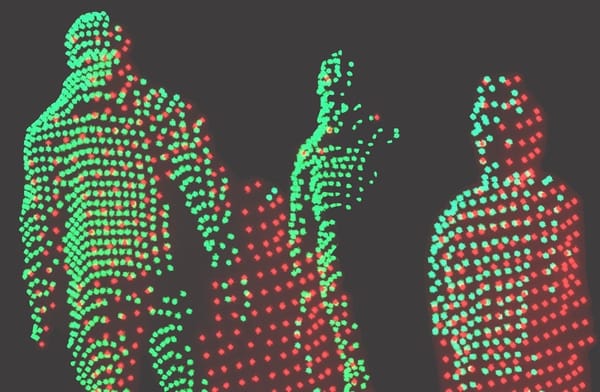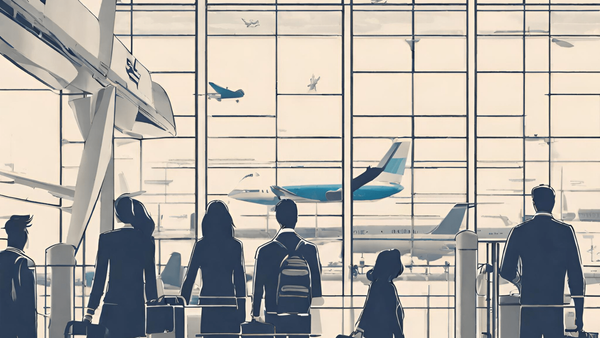
Solving the Airport Curbside Congestion Challenge with 3D LiDAR Technology
Curbside congestion challenges airports worldwide. Outsight’s Shift Perception Platform uses 3D LiDAR to deliver real-time, privacy-compliant insights.
Curbside congestion is a growing issue for airport operators around the world. As passenger volumes increase, the curbside becomes a critical pressure point. Limited visibility and unpredictable behavior create safety risks and operational inefficiencies.
As global air travel continues to rebound and grow, airports are experiencing record volumes of passenger traffic. With global air travel rebounding, airports are handling record levels of passenger traffic.

According to the Airports Council International (ACI), global passenger traffic is forecast to exceed 12 billion by 2030. As a result, pressure on infrastructure, especially curbside zones, is intensifying.

Curbside traffic has become a major cause of delays and inefficiencies at many major international airports.
For example, according to Los Angeles World Airports (LAWA), at LAX during peak hours, curbside demand exceeds available capacity by approximately 60% on the upper level and nearly 50% on the lower level. This sustained capacity shortfall frequently disrupts curbside operations, creating ripple effects across the entire passenger journey.
Traditional solutions rely on manual supervision and basic sensors like cameras. Some airports implement traffic marshals or redesign curbside zones with physical barriers. Others use time-based vehicle restrictions or enforce drop-off time limits.

While these methods provide temporary relief, they lack scalability, precision, and real-time adaptability.
Most conventional technologies fail to deliver the real-time, detailed, and anonymous data that modern airports need.

LiDAR technology gives airports a clear, real-time 3D view of what’s happening at the curbside. It works in all lighting and weather conditions, and it doesn’t collect personal information, which makes it safe and ethical to use in public places.

Outsight’s Shift Perception is a key component of a complete real-time Spatial AI software solution that turns raw 3D LiDAR data into actionable insights through advanced Spatial AI.

At the curbside, Shift Perception enables:
- Real-time monitoring of both pedestrian and vehicle flows
- Dwell time measurement to detect parking overstays
- Congestion alerts before bottlenecks develop
- Anonymous tracking that respects privacy regulations
Outsight's Shift Perception software turns curbside activity into clear, digital data.
This helps airport staff spot problems early and make smart decisions before disruptions occur. It leads to safer operations, less traffic congestion, and a smoother experience for passengers as soon as they arrive.










